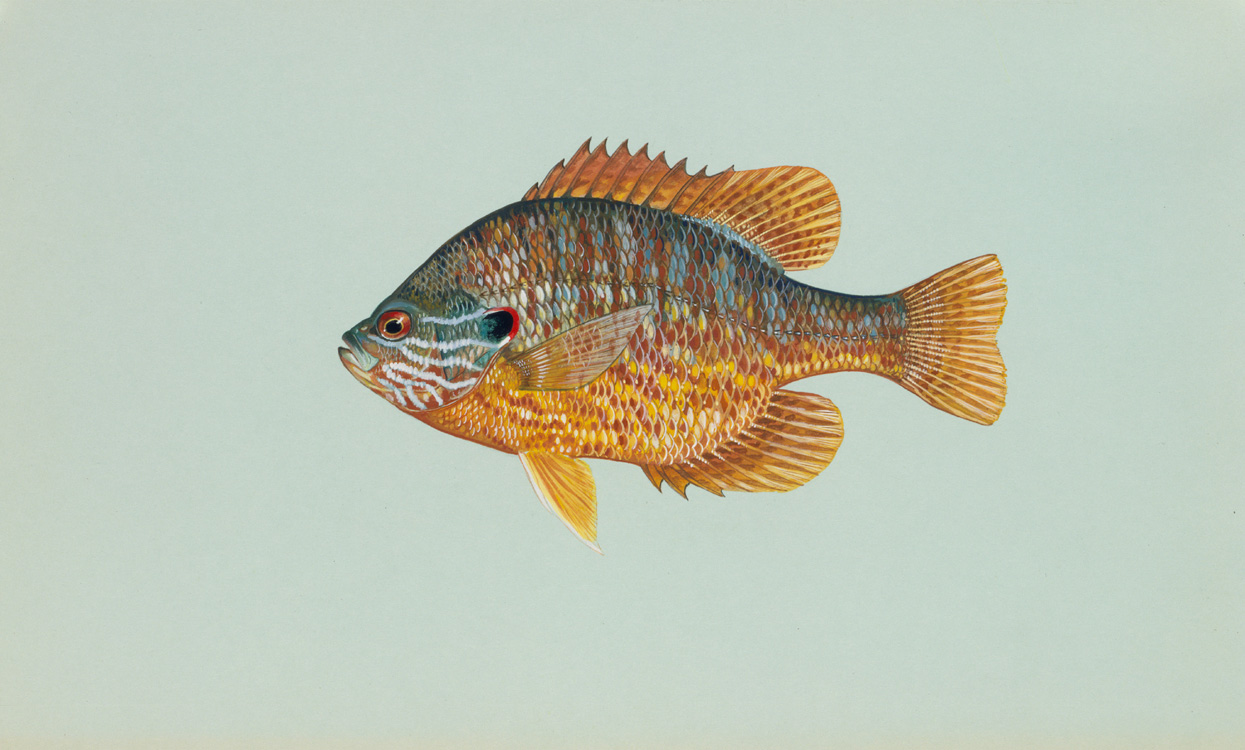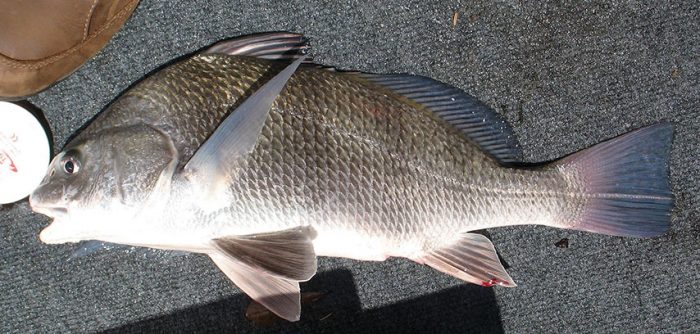
However, the identification of minnows with 7 or 8 anal rays and immature and female Nocomis spp., where species co-occur, can be very challenging. Many species can easily be told apart from one another. rays, the position of the mouth, the pharyngeal teeth count, the presence/absence and length and shape of maxillary barbels, the overall color pattern and the geographical distributions of the species (please refer to the Identification Key to the Barbs and Carps, Asian Carps, and Minnows (Families Cyprinidae, Leuciscidae, and Xenocyprididae) in North Carolina. Key characteristics for their proper identification include the presence/absence of a frenum lateral stripe width and length lateral line scale count the number of un-pored lateral line scales the positioning and pigmentation of the dorsal fin, the anal ray count, presence of spines vs. And because many minnow species are endemic to specific basins, 18 species are considered imperiled in North Carolina (Table 4 NCAC 2017 NCWRC 2017 NCNHP 2018). For example, Spotfin Chub is no longer found in the French Broad basin Spotfin Shiner is now absent from the Hiwassee basin as is Eastern Silvery Minnow from the Waccamaw basin. No species have been extirpated from our state, but three species have been extirpated from a portion of their native ranges.

“Kanawha” Rosyface Shiner, Kanawha Minnow, New River Shiner, Bigmouth Chub, and Sandhills Chub The most geographically restricted species – Cape Fear Shiner, Tonguetied Minnow, Cutlip Minnow, Spotfin Chub, Rosyface Chub, Yellowfin Shiner, Bridle Shiner, Striped Shiner, Notropis sp.

Most unusual looking mouth and lips – Cutlip Minnow, Tonguetied Minnow, Kanawha Minnow, and Fatlip Minnow.The most non-descript species - Eastern Silvery Minnow.The prettiest species (our opinion) – Mountain Redbelly Dace, Fieryblack Shiner, Warpaint Shiner, and Taillight Shiner.The smallest and largest native species - Bridle Shiner (~50 mm Standard Length) and Ironcolor Shiner (~55 mm Standard Length) and Bull Chub (~270 mm Standard Length).Two species are found nowhere else in the World – Pinewoods Shiner, and Cape Fear Shiner.Two species are found in each of our 21 river basins - Common Carp and Golden Shiner.2020).Ī few superlatives associated with our “minnow” fauna: The family Leuciscidae is our most diverse family of North Carolina’s freshwater fish assemblage (Tracy et al. Distributional maps for every species may be found in Tracy et al. There are 71 species of “minnows” in North Carolina (Table 1), including 13 species found in only one river basin (Table 2), 3 species waiting to be scientifically described, and a few which may be re-named or split into additional species (Tracy et al. The nonindigenous (nonnative or introduced) Grass Carp is now classified in the family Xenocyprididae (Tan and Armbruster 2018) and the nonindigenous Common Carp and Goldfish remain in the family Cyprinidae. Our indigenous (native) species, 68 species in total, are now classified in the family Leuciscidae, a former subfamily of cyprinid fishes (Tan and Armbruster 2018). “Minnows” until recently were classified in the family Cyprinidae, along with Common Carp, Goldfish, and Grass Carp. But each species has its own scientific (Latin) name, which coincidentally actually means something (please refer to The Meanings of the Scientific Names of Minnows, page 33-36), and an American Fisheries Society-accepted common name (Page et al. You might have heard people calling them Horny-Heads, Baltimore Minnows, Minnows, Knotty Heads, Horned Daces, Shad Roaches, Spawn Eaters, Minners, Crappie Minnows, or many other colloquial names.

Next to our native darters (Family Percidae), our native species of minnows rival the brightly colored tropical fishes one would find in your local or big-box pet store, yet few people are aware of their existence. “Minnow” Species (Families Cyprinidae, Xenocyprididae, and Leuciscidae) Diversity in North Carolinaīy the Team Warpaint Shiner – Luxilus coccogenis


 0 kommentar(er)
0 kommentar(er)
